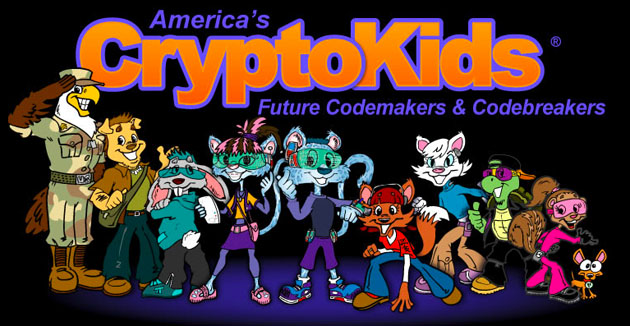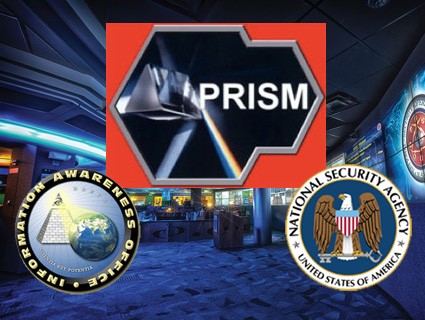
Crypto Cat<a href="http://www.nsa.gov/kids/bios/bios00001.shtml">NSA.gov</a>
Although the National Security Agency is incredibly secretive and could probably care less what you think, it does have an interest in helping our kids become great mathematicians. The NSA is the largest employer of mathematicians in the country, so, the agency explains, it is “critically dependent on the continuing development of first-class American mathematicians.”
Enter the CryptoKids, the NSA’s band of codemaking and codebreaking cartoon characters. There’s Cyndi, one half of the CyberTwins, a cat with braces, two-tone hair, and what may be Google Glass. Her advice for online-savvy kids: “Mom says that once something is out on the Internet, it will be there forever, and ‘might come back to haunt us one day.'” Her brother Cy, a malware victim, also values his digital privacy and security: “The stuff on my computer is really important to me, and I don’t want anyone getting in and messing it up again!”

The CryptoKids gang also includes Crypto Cat, Decipher Dog, Rosetta Stone, and T.Top, a goateed programmer turtle. Their “advisor” is a fatigue-wearing eagle named CSS Sam (CSS stands for Central Security Service), just in case you forgot whom the NSA works for.
The characters also star in the NSA’s outreach to schools in the Washington, D.C. area through the agency’s MEPP Speakers Bureau. Some of the talks and classes offered actually sound pretty cool: Kids can get an introduction to cryptology by decoding instructions on a map to find buried treasure, or learn about ciphers in “Cryptanalysis 101.” The NSA will even come to your school’s career day: “Students are introduced to the variety of careers at NSA, emphasizing the technical skills of the workforce and inviting the students to consider activities they like to do now, and how this may fit in to a future career.”
Math is hard (though American kids are getting better at it). So perhaps your kid could benefit from a little math help from the big, brotherly geeks at the NSA. Or maybe, like Will Hunting, they’ll think better of becoming a CryptoKid.
















